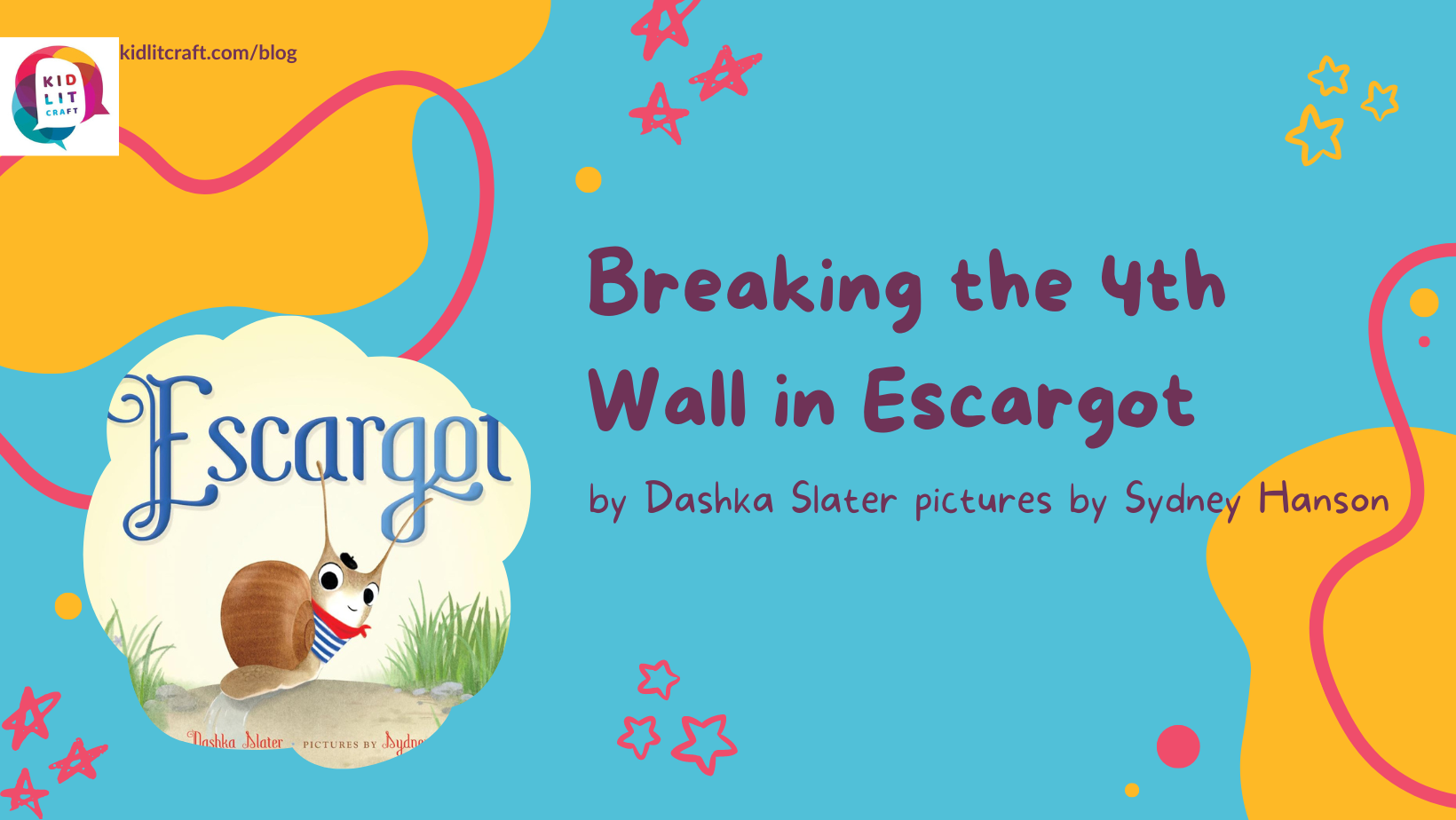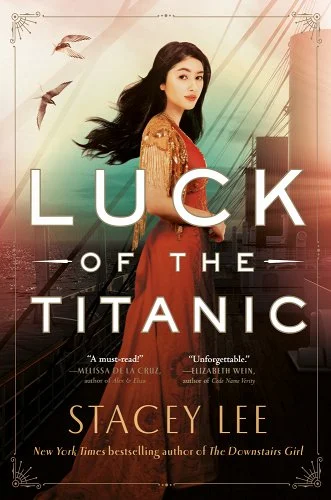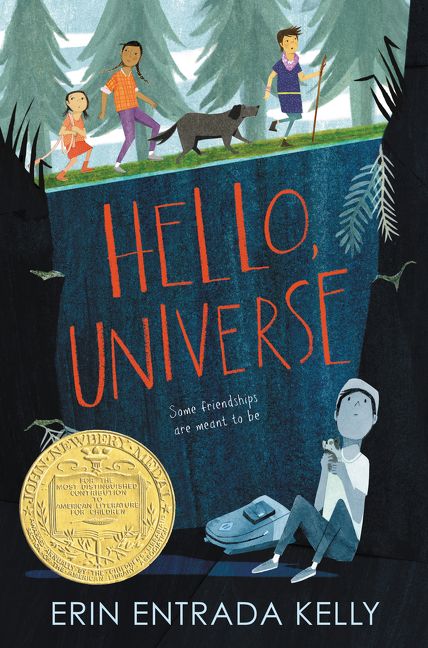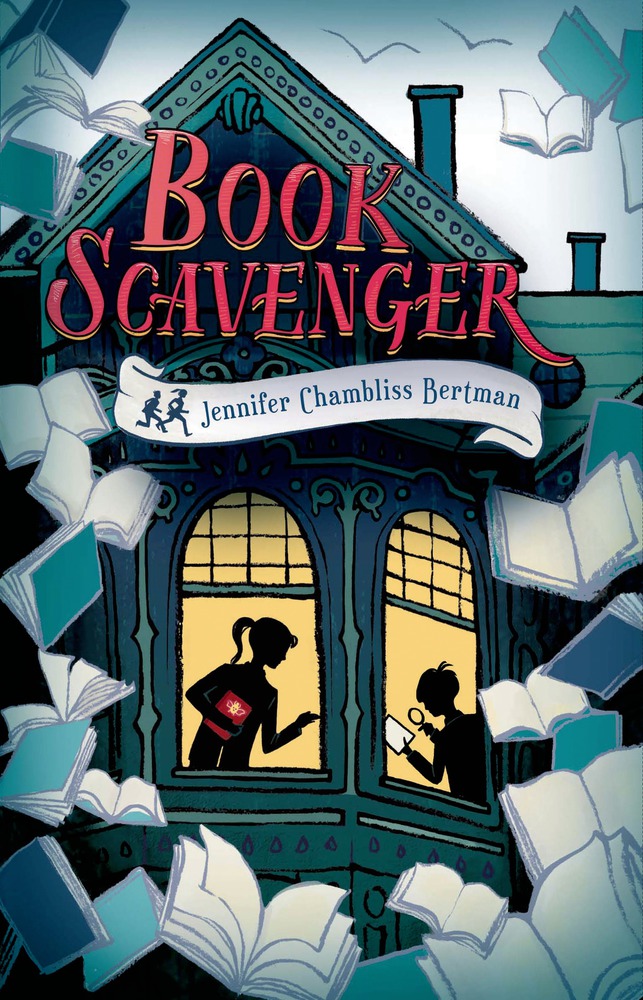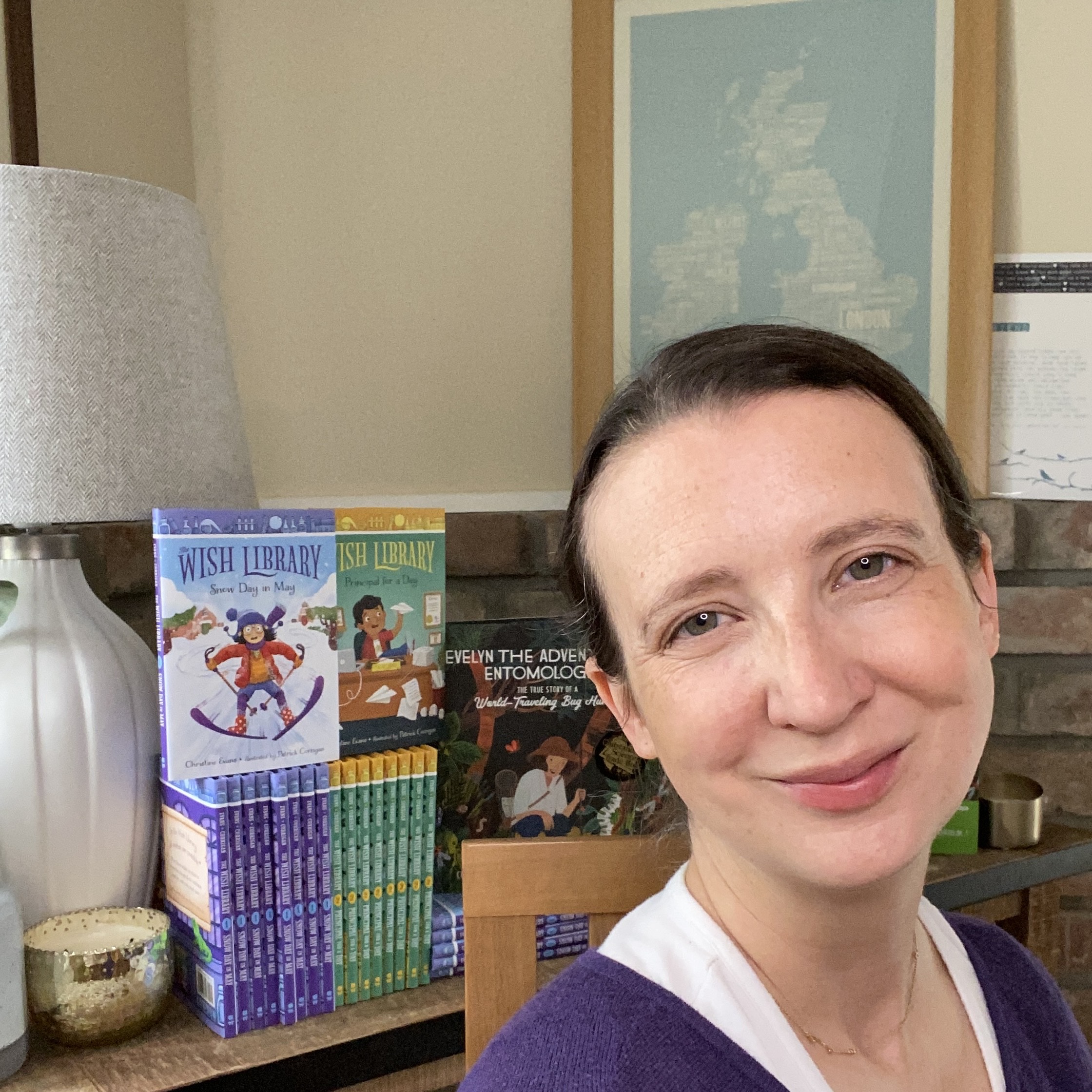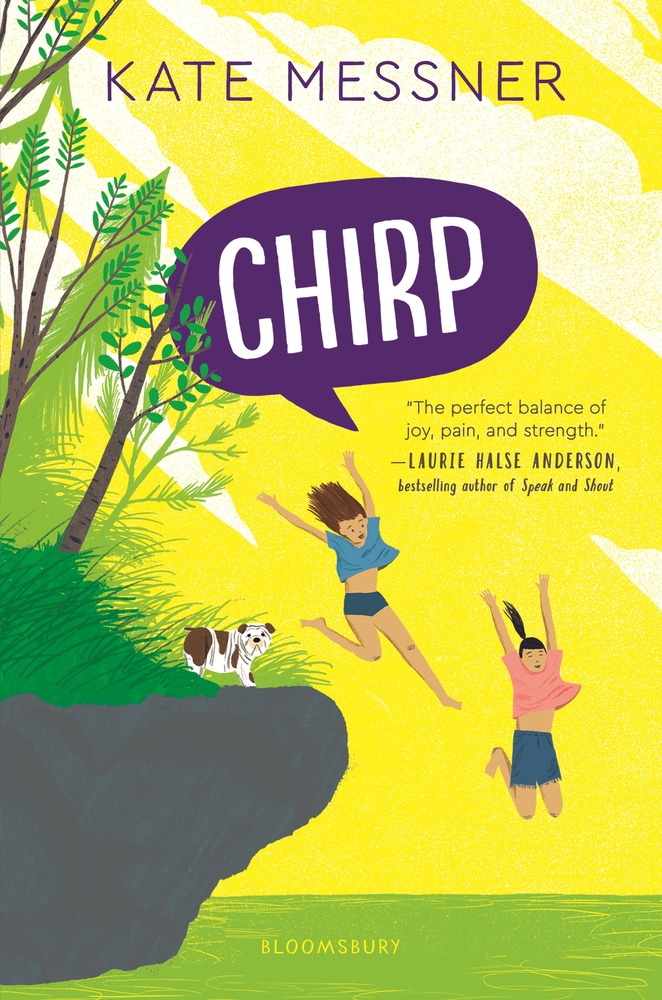hello!
JOIN US IN EXPLORING OTHERS' CRAFT AND BUILDING OUR OWN
Dashka Slater’s text in Escargot (illustrated by Sydney Hanson) uses a number of techniques to break the fourth wall, such as posing questions to the reader and asking them to do physical actions, like turning the page or giving Escargot a kiss. All of these elements engage the reader and delight them!
Empathy has its drawbacks, especially when reading the news, but on the plus side, I think it helps me create deeper characters. The secret for creating unforgettable characters is to give them impossible choices.
Erin Entrada Kelly masterfully sets up a series of relationships that require her introverted main character, Virgil, to take a stand or forever feel like a failure.
By identifying archetypes in my story, I figure out how to strengthen the conflicts as I revise. In researching this blog post, I realized that I’d chosen the wrong character to be the Shadow in the novel I’m currently writing. Understanding the role of the Shadow archetype, and selecting a more appropriate character to play it, made my book’s external plot and main character’s growth path stronger.
I choose the stories (fiction or nonfiction) that give me a fluttery feeling. It’s been true of all my projects so far. When an idea takes hold, you can’t shake it off, and you just have to learn more, then that’s the idea to follow.
The more characters there are, the harder it is for the reader to connect with the important ones. As authors, we want to make sure every character serves a purpose.
The primary purpose of a refrain, or a recurring line throughout a poetic work (or prose for that matter), is to draw attention to something important. Used effectively, it can heighten the emotional resonance of your story and make it feel more universal, and LaRocca uses hers to great effect.
“I’ve learned that the most important thing is to keep writing about what I love, what’s important to me, what I’m curious about. I’ve learned to put a piece of myself in every story. And I’ve learned that being vulnerable in my writing means that it will resonate with others.”
I love exploring what it’s like to be twelve years old, an age where you’re not quite a kid or a teenager. It’s such a transitional time, and can be full of so much drama. (My middle school days certainly were!)
If you only give your readers one conflict after another without tension in between, you are in danger of exhausting, and maybe even boring them, to the point that they lose interest. Tension turns the page.
